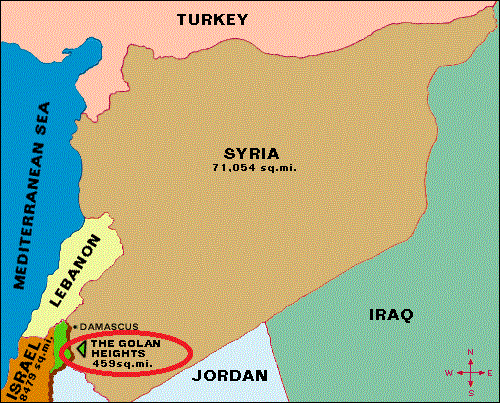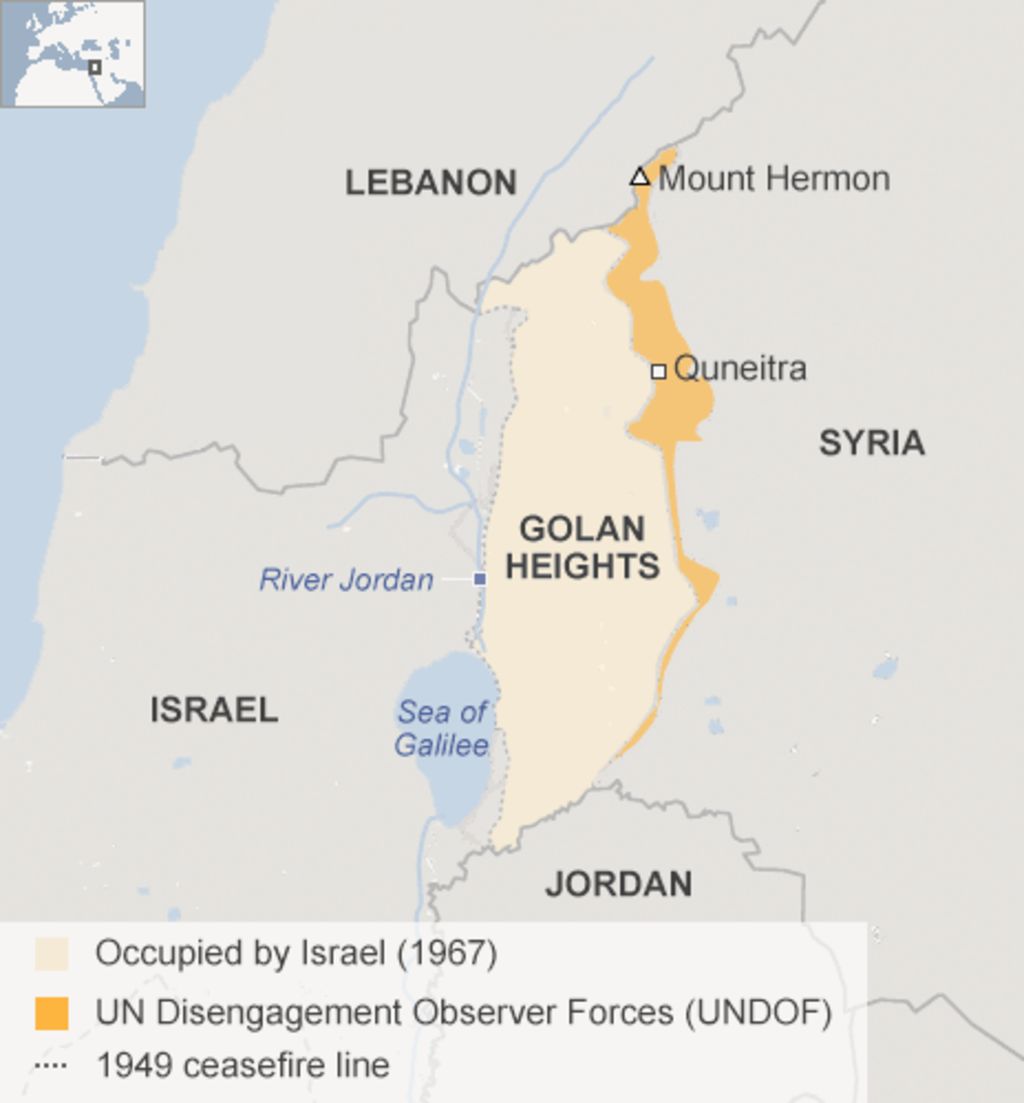7667766266
enquiry@shankarias.in
Why in news?
U.S. President Donald Trump recently said that the U.S. should back Israeli sovereignty over the Golan Heights, seized from Syria in 1967.
What is the significance?
What is the Golan Heights?

Why is the Golan area contentious?
Why do the countries claim Golan?
What is the current UN arrangement there?

Who controls the Syrian side of the Golan?
What is the current military situation?
Source: Indian Express